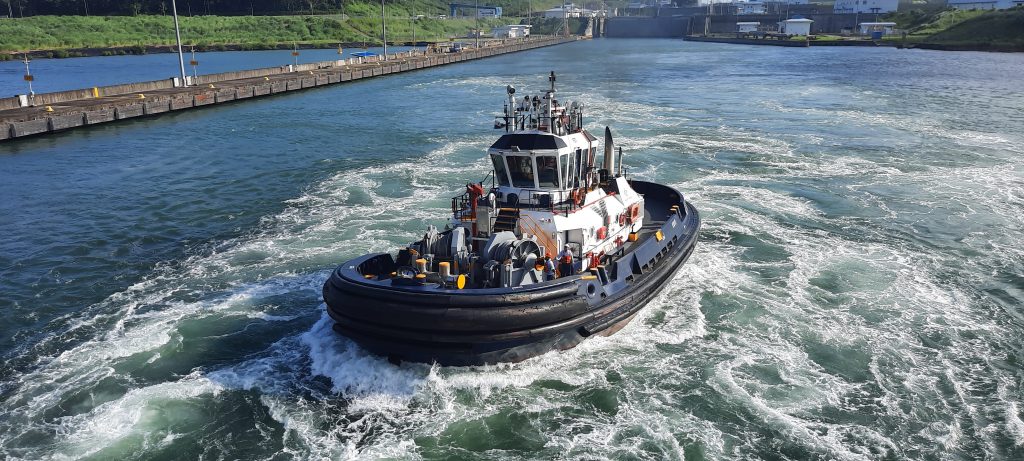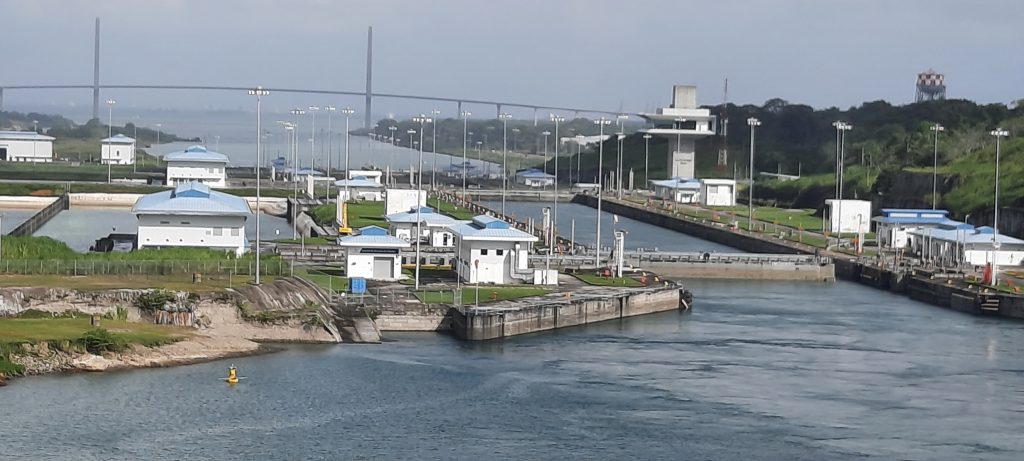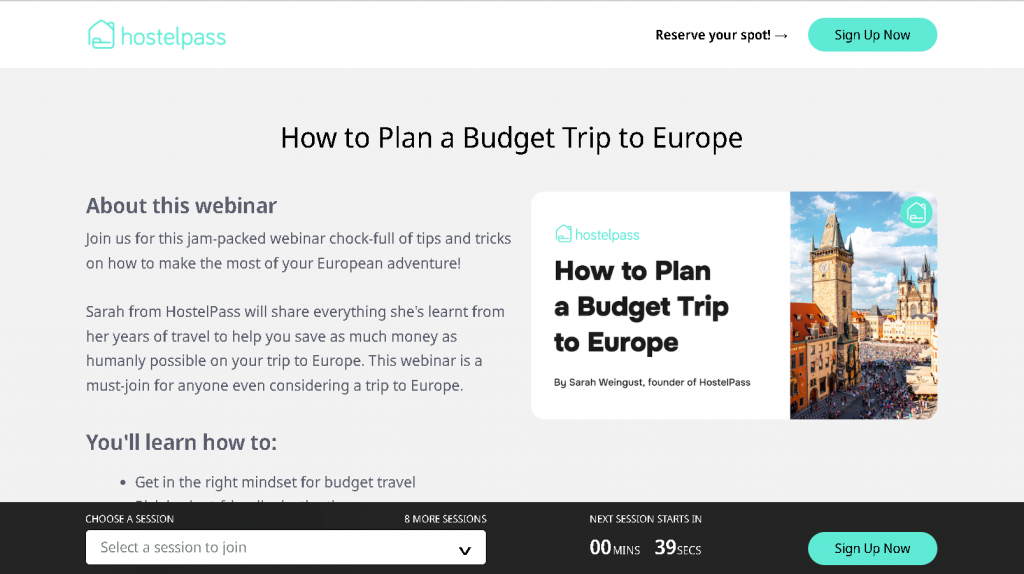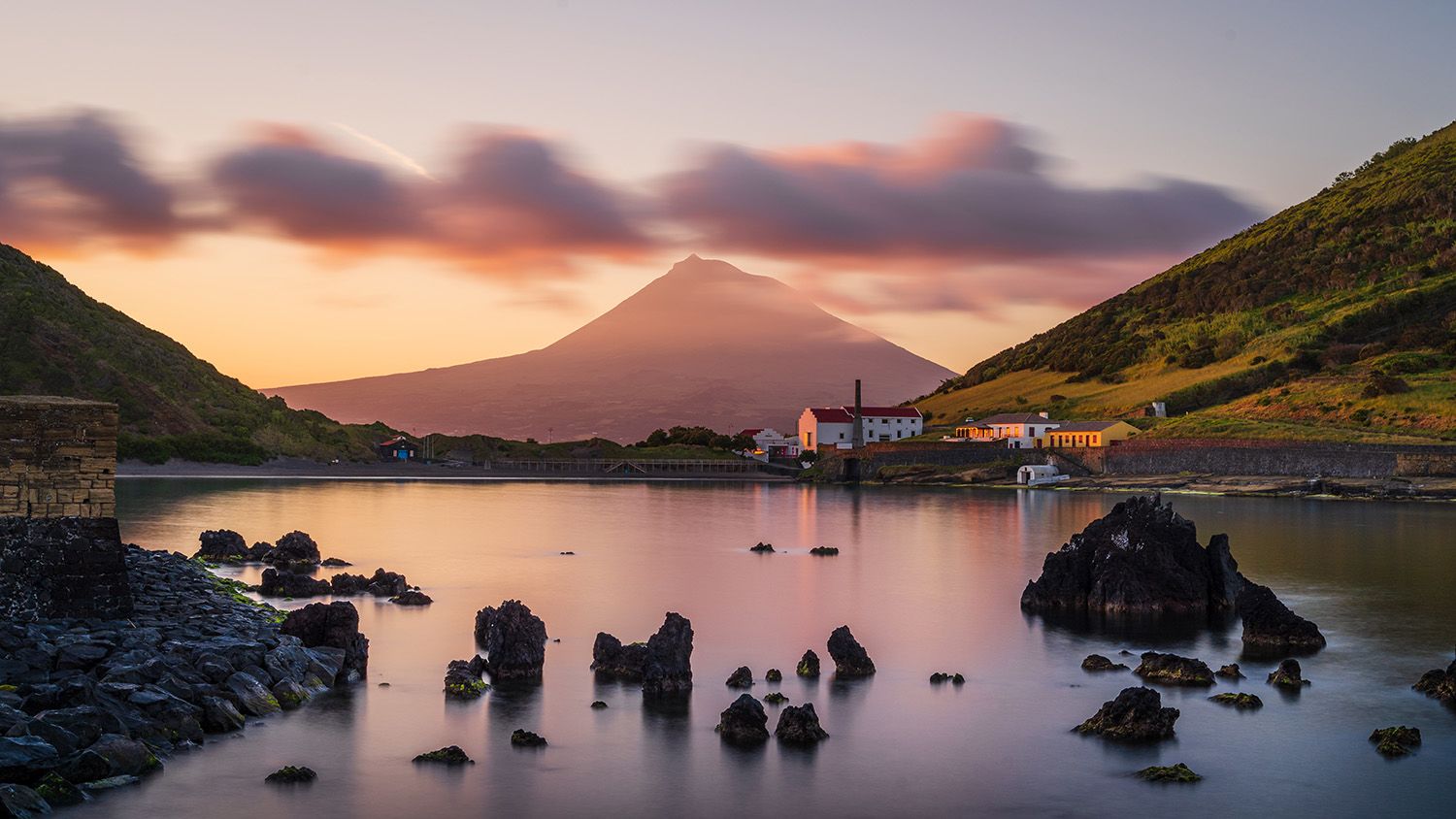By Olivia from Jack’s flight club

Zion is the 3rd most visited National Park in the US, but only the 36th largest, and most of that land is wilderness that tourists can’t easily access. The main canyon area is a patch of lush, overgrown oasis between soaring tall peaks of red rock, surrounded by desert. This combination of tight space and popularity means that this skinny strip of Eden is pretty bogged down by crowds.
But if you want to get away from the noise, there’s an option — trek deeper down the Virgin River to where Zion Canyon narrows into a slot, aptly named “the Narrows.” While still considered a popular hike, the deep, ice-cold water and miles of boulders are enough to scare off the bulk of the tourist crowd. A couple miles in, and you might feel like you have the park nearly to yourself.
Here’s what is is actually like to hike the Narrows. if you are not accustomed to this sort of thing it can be a pretty difficult journey.
You won’t make it very far into the canyon without gear, so unless you already own the tools for river hiking, your first stop will be the rental shop. The most popular rental shop seems to be Zion Outfitter, since they’re right by the park entrance. I instead went with Zion Adventures (a few minutes from the entrance in the town of Springdale) for the more flexible pick-up time. This worked out nicely, because without the giant crowd that always surrounds the more popular shop, I was able to talk to the employees and work out my route.
They provided me with a walking stick, neoprene socks, water shoes, and dry pants with a bib. All of these items are 100% necessary if you want to make it in and out of the canyon without tripping, freezing, drowning, or generally having a miserable time. It was $60 for a day rental, which is around average compared to other shops.
Next you must find your way to the Temple of Sinawava. While the name sounds grand, it’s really just the end of the drivable path through the canyon. It’s around here where the canyon begins to narrow and the smooth rock walls close in tighter. The sandy riverbanks start to shrink and eventually disappear, until the only path through the canyon is the river itself. Get to this spot, and you can begin your adventure.
The scenic drive out to the Temple is only accessible via park shuttle for most of the year. I parked at the history museum, so I had to shuttle back to the visitor’s center, get off, wait in line, and then shuttle all the way to the Temple. From my arrival in Springdale to my arrival at the trailhead, two hours had gone by.
When you get off the shuttle at the Temple, you won’t see much. Just more trees and another view of the creek. But continue down the paved path called the Riverwalk, and you’ll find the edge of the water. The canyon walls that seem distant in the rest of the park start to form a passageway—this is the mouth of the Narrows. It’s also your cue to get wet.

The first few steps in the river feel strange as the water soaks into your neoprene socks. It’s chilly in the canyon, with your legs in icy water and minimal sunlight reaching your head. The temperature seems to drop dozens of degrees almost immediately. It feels less like starting a hike and more like entering some sort of massive and drafty stone building.
Soon, the trail weeds out those who aren’t prepared – right before Mystery Falls, a trickle that splays out over the right-hand cliff. This is where the water is deepest, and the reason why dry packs are recommended. The river here came up to my chest.
While the earlier part of the trail was alive with chit-chat, everyone in this section was silent and focused, fighting the current and trying not to trip. This bit only lasted about 25 yards. From here the path was much easier, and the water never reached my waist again.

The further you go, the more the crowd thins out, and the more you feel like you’re in an alien landscape. The cliffs gradually become higher and narrower, and you have to look straight up to see the tops of them. In some spots, the river was clean enough to look crystal blue. In others, it takes on the trademark Utah redness. Maidenhair ferns peek out from rocks and feed on the drippy dampness at the bottom of the canyon.
After about two hours, I decided to head back to the entrance, I’d heard that the return trip was faster because you’re going with the current instead of against, and that was my experience too. It only took about an hour and fifteen minutes to get back.
It felt lightning fast, like a blink. Stepping back onto dry land and out of the damp corridor feels like crash-landing back on Earth.
































